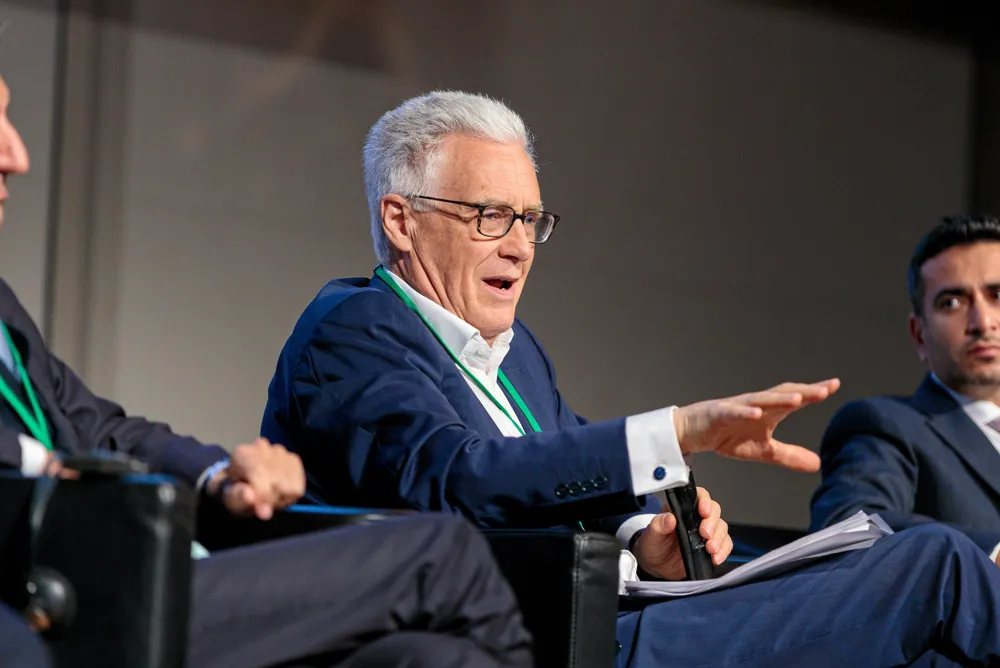Pioneering exporter | 'Cheap green hydrogen could make Spain the world’s clean steel frontrunner'
Southern Europe is on the way to building a viable investment case for production of green iron and steel but it still needs government support, says Energy Transitions Commission
